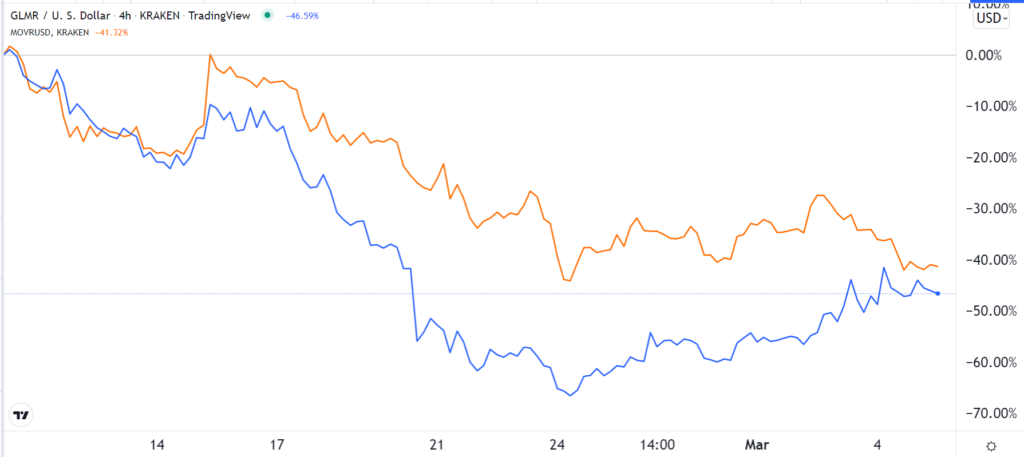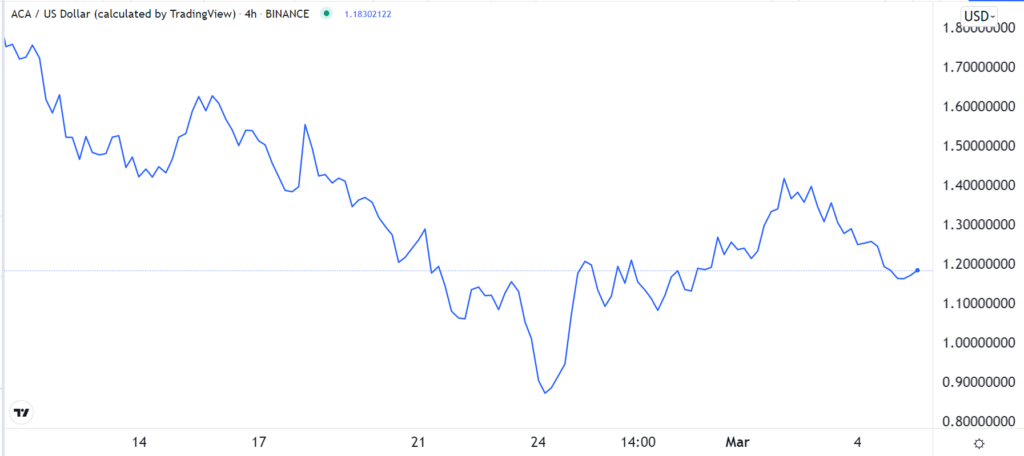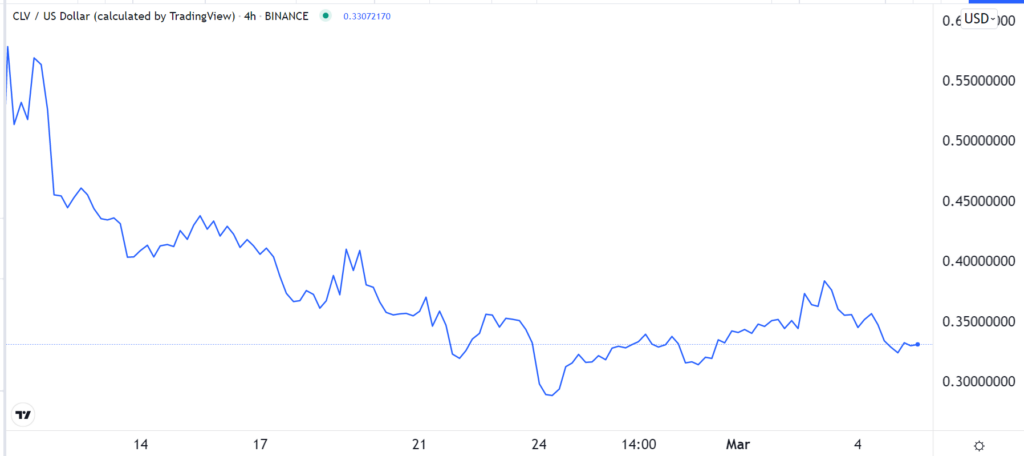Polkadot is a well-known proof-of-stake project developed by Gavin Wood, a former Ethereum co-founder. The network’s goal is to solve the interoperability problem in the blockchain industry, where most cryptocurrencies exist individually. This article will explain what Polkadot is, how it differs from other chains, and then identify examples of its ecosystem.
What is Polkadot?
Polkadot describes itself as a layer-zero platform because of its ability to connect multiple chains. It uses both relay chains and parachains to achieve its goal. Relay chain is the backbone of the network that is responsible for its shared security, consensus, and interoperability. Parachain, on the other hand, is an individually-independent network that can create its own tokens.
Other key parts of the network are parathreads and bridges. Bridges create a network that allows parachains and parathreads to communicate with other blockchain networks like Ethereum and Solana.
Other participants help to ensure that Polkadot’s ecosystem works well. For example, since it is a proof-of-stake platform, it uses validators to confirm transactions. It also uses nominators, collators, and fishermen. The latter are individuals who monitor the network to identify bugs and other malicious activities. So, let us look at some of the Polkadot cryptocurrencies.
Kusama
Kusama is an integral part of the Polkadot ecosystem. Indeed, it was built by Gavin Wood himself and is used by most developers in Polkadot’s ecosystem. It even describes itself to be a cousin to Polkadot. Kusama is a network that acts as a playground for developers seeking to join Polkadot’s ecosystem.
The concept behind Polkadot is easy to grasp. The network lets developers start their creative projects and see whether they will be successful enough to move to Polkadot. Therefore, developers tend to build projects, identify bugs, and run multiple experiments to gauge their success.
Some analysts have criticized the idea of Kusama as a separate project with KSM as its native token. They argue that Kusama is the only one of its kind in the industry and that other developers have substituted it using testnets. A testnet is a blockchain project that is in its testing phase. Most projects pass through testnet before they move to the mainnet.
Proponents for Kusama argue that the network is necessary to ensure that apps brought to Polkadot’s ecosystem are ready and that they don’t have significant bugs. They also point to the fact that some developers are even foregoing moving their apps to Polkadot and launching them in Kusama.

KSM is the native token for the ecosystem and has multiple roles such as nominating validators, validating the network, and facilitating voting on parachain auctions.
Moonbeam
Moonbeam is a popular Polkadot platform that won the initial parachain auctions. The network’s goal is to help expand to new chains. It is an Ethereum-compatible smart contract platform that gives developers tools to easily deploy their apps.
Moonbeam’s ecosystem is growing. In the past few months, platforms like Convergence, Solarfare, and Curve Finance have launched on their platform. According to its website, other platforms that are set to launch in Moonbeam are Ocean Protocol, Idex, and SushiSwap.
Moonbeam other product is known as Moonriver, which is a leading DeFi platform built on Kusama. Moonriver is integrated with platforms like SushiSwap, Tether, Frax, Lido, and Band Protocol.

The native token for Moonbeam is known as GLMR, while that of Moonriver is known as MOVR. The two coins are used to secure the network. They are also used to reward people who backed the networks during the crowd loans. According to CoinGecko, GLMR has a market cap of over $571 million, while Moonriver is valued at over $193 million.
Acala
Acala Network is a popular blockchain project built on Polkadot. It is a decentralized finance network and liquidity platform that helps developers to scale their apps. It is also compatible with Ethereum’s network. People who use apps built using Acala experience minimal fees and faster speeds. Acala differs from other layers 1 networks in that it owns its own stablecoin known as Acala Dollar (aUSD), which is backed by DOT and DOT derivatives.
Acala also has its native token that is known as ACA ACA is used to pay transaction fees, boost governance of the platform, algorithmic risk adjustment, and Pallet development.
With Acala, you can bridge assets like DOT and others to the network. You can also earn interest by staking LP tokens or collateral and mint your own aUSD token. The ACA token has a market cap of over $150 million.

It is also worth noting that Acala has a sister network known as Karura, which was the first winner of Kusama’s parachain auctions.
Clover Finance
Clover Finance is another blockchain project built in Polkadot’s ecosystem. It is a substrate-based layer-1 network that is compatible with Ethereum’s network. It has multiple features like Ethereum Virtual Machine (EVM) compatibility, lower gas fees, gasless end-user experience, and identity-based fee. Most importantly, since it is a Polkadot platform, it has universal cross-chain features.
Clover Finance runs cross-chain wallets on Android and iOS that people can use to buy and sell digital assets. It also runs an app store for DeFi apps. By so-doing, Clover helps to remove the silos that exist in DeFi and helps to connect multiple platforms with one another.

Clover Finance has a cryptocurrency known as CLV that has a market cap of about $14 million.
Summary
Polkadot is aiming to create a platform that can be used to build applications that are interconnected across multiple chains. In this article, we have looked at some of the most popular apps built using the network. What we can conclude is that, unlike popular projects like Ethereum and Solana, Polkadot’s apps are small and have a longer path for growth.




